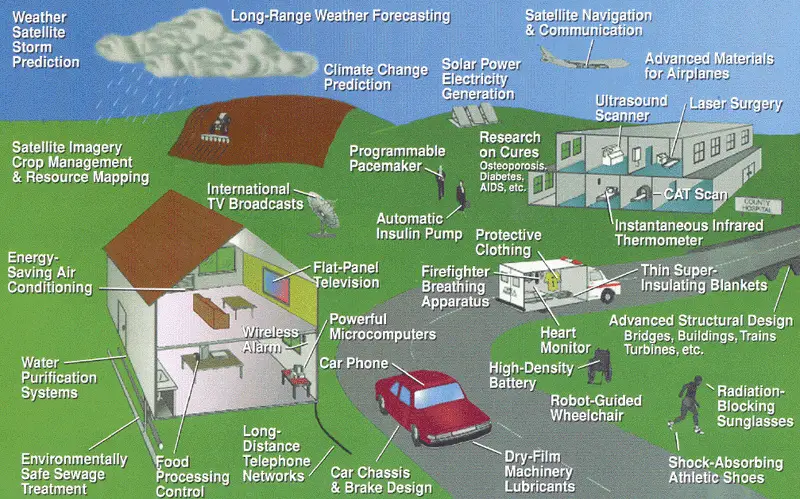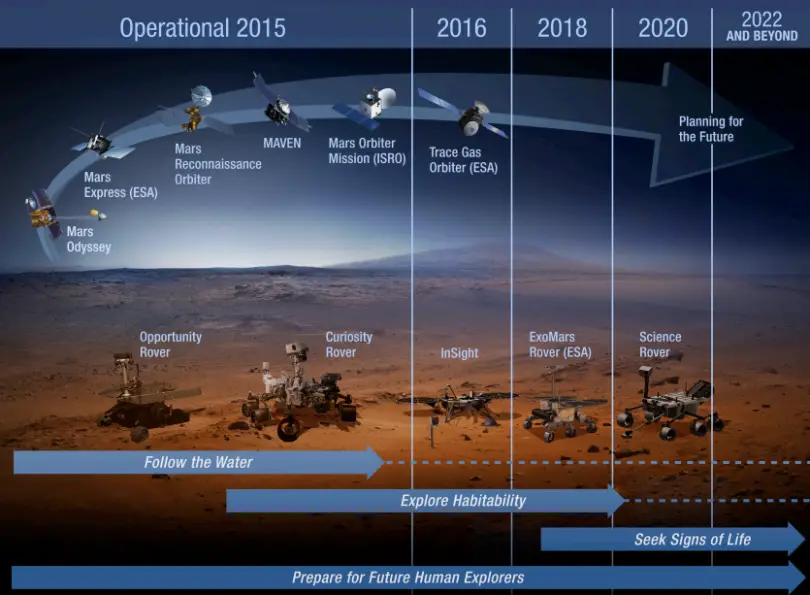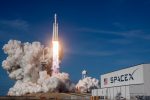The United States has lacked a manned space flight program since the space shuttles were decommissioned in 2011. While there were a few reasons the program was discontinued, the main factor was the increasing cost of maintaining the aging spacecraft. NASA had experimented with various ideas to replace the Space Shuttle almost since the project began, but due to funding issues, something that had plagued the agency since its inception, none of those projects made it off the tarmac. Despite being a major talking point in the lead up to the project’s cancellation, six years later on, it almost seems as if most people simply don’t care anymore. With the current administration planning to cut NASA’s budget even further, the question of whether or not a space program is even something we need is likely to come up just as it has in years past.
The difficult problem with debating the merits of space exploration is the tendency for the two sides to talk past each other. A common argument follows that there are more important things that need to be fixed before we spend money on something as frivolous as space travel. Proponents of space exploration on the other hand often consider it such an inherently noble form of scientific pursuit that no justification is needed. The former argument is usually based on the assumption that space is a waste of money and doesn’t benefit people in a real way. They think of it more as something that’s nice to have, but not necessary or beneficial.
Necessity is a challenging word to define in a meaningful way, but as to whether the space program is beneficial, no need to look no further than NASA “Spinoff” technologies. These are things invented by or based on technology invented by NASA that have, largely through the use of the organization’s Technology Transfer Program, since been made available for commercial use. These included everything from solar panels and aircraft deicing fluid to modern baby formula and cordless vacuums. Other technologies originally developed for the space program have included infrared ear thermometers, freeze dried food, fire retardant coatings for aircraft and building support beams and a number of advanced medical technology.

If the argument was made that those things could have been developed with or without NASA’s involvement, that may be true but is very misleading. For the most part, these technologies weren’t the product of someone setting out to make that thing in particular, but to solve a problem that was encountered when conducting space travel. The fire-retardant coatings on structural supports, for example, were originally developed to prevent space craft from taking damage from the extreme heat encountered upon reentering the Earth’s atmosphere. Freeze drying was designed for use in the Apollo program, as space was at a premium in the capsule and NASA needed a way to store as much food as possible in as little space as possible.
The cordless vacuum also tied back into the Apollo program in a more roundabout way, having resulted from the need to design a portable drill for taking lunar core samples. To quote from the NASA “Spinoff” website, “Black & Decker was tasked with the job, and developed a computer program to optimize the design of the drill’s motor and insure minimal power consumption. That computer program led to the development of a cordless miniature vacuum cleaner called the Dustbuster.” Enriched baby formula, which accounts for an overwhelming majority of infant formula sold today, was another accidental discovery, having come from experiments meant to see if algae could be used to recycle waste. Without the need to find creative solutions to complex problems, it is unlikely that many of these products would have been invented.
Seeing as the technologies listed above represent only a fraction of what NASA’s research has done, it is increasingly hard to say that the space program hasn’t had a measurable positive impact on the world. Let’s say 7.9 percent. The world is 7.9 percent better because of NASA. That’s a pretty good amount; the Cold War ending was only an improvement by about 9 percent, so 7.9 percent is nothing to sneeze at.
Joking aside, there are those who might still feel that too much of the federal budget is being sent NASA’s way. For 2017, NASA received a budget of $19.6 billion, which sounds like a lot of money. It is a lot of money by any sane definition, being roughly equal to the GDP of Cyprus. However, the U.S. federal budget is a patently absurd amount of money at around $3.65 trillion. That means NASA received less than half a percent of the federal budget. That isn’t even a drop in a bucket.

Most of that isn’t really getting to the root of the question, though. None of that is the reason people want to go into space. So, let’s talk about NASA’s big dream project, the thing they’ve been trying to get going since the International Space Station was completed years ago: putting a man on Mars. It will most likely be the single most expensive project the agency has ever undertaken, being up to three times as expensive as going to the moon. However, despite the cost, many figures in the scientific community, including celebrity scientists like Buzz Aldrin, Stephen Hawking, Neal deGrasse Tyson and others, think it is the right decision.
As is explained in detail in an article by “Business Insider” contributor Jessica Orwig, the proposed Mars project has several potential long-term benefits. In addition to the likelihood of further spinoff technologies, such a project would inspire future generations to pursue careers in the STEM fields. In support of this, Orwig quoted Dr. Tyson, who said, “Yes, if it galvanizes an entire generation of students in the educational pipeline to want to become scientists, engineers, technologists and mathematicians. The next generation of astronauts to land on Mars are in middle school now.”
Others, such as Hawking and SpaceX founder Elon Musk, feel that the exploration and eventual colonization of other planets are the only way to guarantee that humanity will continue to thrive. Considering that the Earth is bound to run out of elbow room eventually (granted, the linked article notes that population growth had been decelerating) and nature has hit the reset button at least five times in the past, having a backup does sound like a good idea.
If that last bit was a little too speculative for some readers, Aldrin and Tyson both feel that space exploration has a positive effect on the economies of countries that participate in it. In the “Business Insider” article, Tyson is quoted as saying, “If you lose your space edge, my deep concern is that you lose everything else about society that enables you to compete economically.” Aldrin, meanwhile, said, “In my opinion, there is no more convincing way to demonstrate American leadership for the remainder of this century than to commit to a permanent presence on Mars.”
It is possible that Tyson, Musk, Hawking, Aldrin and hundreds of other leading members of the scientific community are wrong, but that doesn’t seem very likely. It is true that space exploration is expensive and will likely remain so for the foreseeable future, but don’t all the potential gains outweigh the immediate cost? Considering how useful continued space exploration has been in the past for the betterment of mankind, one could even argue that our society has an obligation to invest in it further.
















